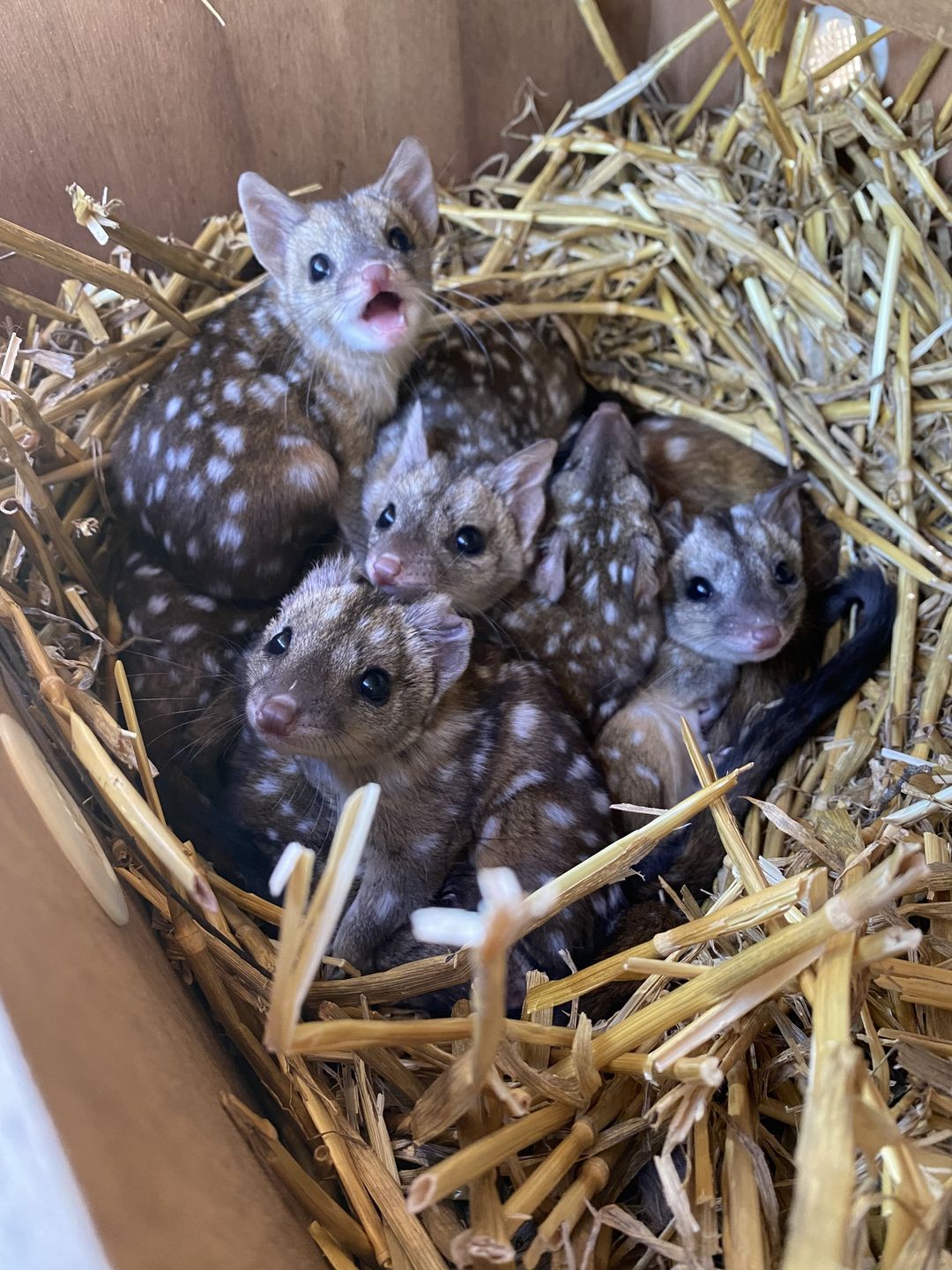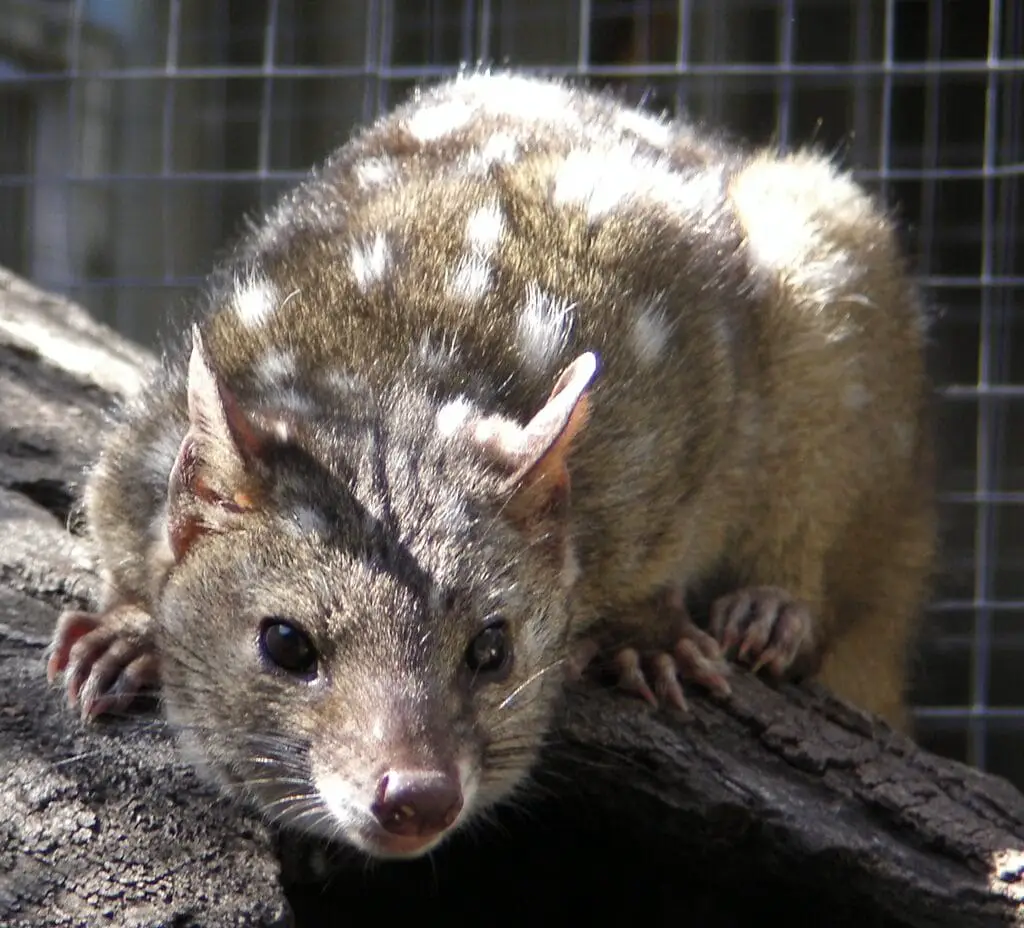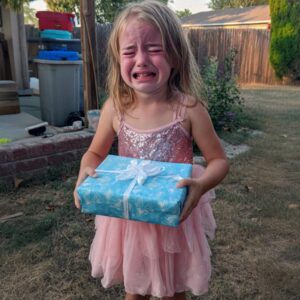For decades, the western quoll (Dasyurus geoffroii)—an elusive, cat-sized marsupial carnivore native to Australia—hovered on the brink of extinction. Once widespread across the continent, quoll populations collapsed dramatically following European settlement, habitat loss, introduced predators, and other human-mediated pressures. Today, however, conservationists are celebrating a landmark success: the first evidence of pouch young at Mt Gibson Wildlife Sanctuary in Western Australia. This breakthrough not only demonstrates that western quolls can be reintroduced successfully into former habitats, but also offers fresh optimism for restoring balance to fragile ecosystems.

A Creature in Crisis: The Decline of the Western Quoll
Prior to the late 18th century, western quolls roamed much of southern and eastern Australia. As opportunistic hunters, they occupied a range of habitats—from woodlands and heaths to open forest—and helped regulate populations of insects, small mammals, reptiles, and ground-nesting birds. However, after Europeans arrived, quolls confronted a cascade of threats:
-
Habitat Destruction: Land clearing for agriculture and urban development fragmented quoll ranges, reducing available den sites and prey.
-
Invasive Predators: Feral cats and red foxes, introduced by early settlers, outcompeted quolls for food and preyed upon them directly.
-
Poisoning: Quolls were inadvertently exposed to baits and toxins intended for other pest species.
-
Disease and Road Mortality: As roads crisscrossed quoll habitat, vehicle strikes became a significant mortality factor; disease outbreaks also took a heavy toll.
By the 1960s, their range had contracted to a few small pockets in the southwest of Western Australia. Once numbering in the tens of thousands, western quolls were reduced to isolated populations totalling fewer than 2,000 individuals. With breeding success limited by predation pressure and a paucity of suitable habitat, conservation agencies classified the species as Endangered under Australia’s Environment Protection and Biodiversity Conservation Act 1999.
A Sanctuary Strategy: Reviving a Species Through Reintroduction
Mount Gibson Wildlife Sanctuary, encompassing over 130,000 hectares of remnant woodlands and granite outcrops, was identified by the Australian Wildlife Conservancy (AWC) as an ideal site for quoll reintroduction. Key advantages included:
-
Fenced Exclusion Zones: Predator-proof fencing prevented incursions by foxes and cats, creating a safe haven for released quolls.
-
Habitat Restoration: Extensive revegetation and weed control efforts restored native understorey plants, improving denning opportunities and prey diversity.
-
Rigorous Monitoring: A network of camera traps, radio-tracking collars, and live trapping provided real-time data on survival, dispersal, and reproductive success.
-
Community Engagement: Collaboration with local landholders, Indigenous rangers, and volunteers fostered on-ground support and vigilant reporting of potential threats.
Between 2021 and 2023, AWC translocated 40 adult western quolls—captured from healthy source populations—to the sanctuary’s predator-free enclosures. Each animal underwent thorough health screening, microchipping, and sedation for fitting with GPS tracking collars. Prior to release, staff carried out soft-release protocols, allowing quolls to acclimatize in aviary-style holding pens furnished with logs, burrows, and live prey.
The Breakthrough: First Pouch Young Spotted
In early May 2025, field ecologists conducting routine camera-trap checks observed an adult female quoll—affectionately dubbed “Aang” for his curious, circuit-riding behavior—entering her den alongside a much smaller, spiky-furred silhouette. Subsequent non-invasive thermal imaging scans confirmed the presence of at least two pouch young, each scarcely larger than a walnut and adorned in soft, bristly fur.
“Discovering pouch young is the ultimate sign of a population establishing itself,” said Georgina Anderson, AWC Senior Field Ecologist.
“We’ve repeatedly monitored Aang’s movements, and to now witness her successfully raising offspring in the wild is tremendously rewarding. It speaks to the health of the habitat and the safety of our predator-exclusion measures.”
Over the ensuing weeks, ecologists observed the mother quoll emerging at dusk to hunt and returning at dawn to nurse her babies. Camera-trap footage captured her carrying tiny eyebright stalks (a favored local beetle) to her den and emerging again with a cleft-liped frog—a clear indicator of the variety of prey species now available within the sanctuary.
Ecological Ripple Effects
The resurgence of western quolls is more than a conservation milestone for this single species—it has far-reaching implications for the entire ecosystem:
-
Invertebrate Regulation: Quolls prey on beetles, crickets, and spiders, helping maintain soil health by preventing arthropod overpopulation.
-
Reptile and Amphibian Balance: By hunting skinks, geckos, and native frogs, quolls curb the unchecked growth of certain herpetofaunal groups that can otherwise decimate insect populations.
-
Seed Dispersal and Vegetation Health: Quolls incidentally disperse seeds embedded in the gut contents of their prey, aiding plant regeneration.
-
Top-down Control: As mid-sized predators, quolls suppress invasive rodents, supporting smaller carnivores such as marsupial mice and dunnarts.
Early surveys indicate that rodent scats at quoll release sites have decreased by nearly 40 percent within months of their arrival, offering promising signs that quolls are re-establishing their historical role as keystone predators.
Lessons Learned and Next Steps
The success at Mt Gibson underscores several critical lessons for wildlife restoration:
-
Predator Control Is Imperative
Exclusion fencing and ongoing feral predator management are non-negotiable for marsupial carnivores vulnerable to introduced species. -
Habitat Quality Cannot Be Overlooked
Restored understorey and structural diversity directly influence quoll denning success and prey abundance. -
Adaptive Management Drives Results
Continuous monitoring allows rapid response to unforeseen challenges—be it novel diseases, unexpected dispersal patterns, or seasonal food shortages. -
Community Involvement Multiplies Impact
Engaging Traditional Owners, local landholders, and citizen scientists fosters shared stewardship and vigilance against threats such as arson, illegal trapping, or accidental fence breaches.
Building on this momentum, AWC plans to:
-
Expand the predator-proof enclosure network to release quolls in additional regions, including two island refuges where threats are minimal.
-
Collaborate with universities to study genetic diversity, ensuring robust, resilient quoll populations for future translocations.
-
Partner with schools and Indigenous ranger groups to develop education programs, raising awareness of quoll conservation’s broader benefits.
A Beacon of Conservation Success
The discovery of western quoll pouch young at Mt Gibson resonates far beyond this remote corner of Western Australia. It symbolizes the power of targeted conservation interventions to reverse declines in threatened species—and to restore ecological harmony in landscapes once thought irrevocably altered.
As Georgina Anderson reflects, “When I first arrived at Mt Gibson, quolls were absent. Now, every rustle at dusk could herald a mother returning to her den. That shift—from empty forest to bustling habitat—reminds us that nature responds when given a chance.”
For web audiences seeking hope amid sobering extinction narratives, the western quoll’s rebound offers a blueprint: with scientific rigor, community collaboration, and unwavering commitment, humanity can help safeguard its wild heritage. And so, as dawn breaks each day over the undulating heathlands of Mt Gibson, three little pouch young cling to their mother’s teats—unaware of the symbolic weight they carry for conservationists worldwide.






